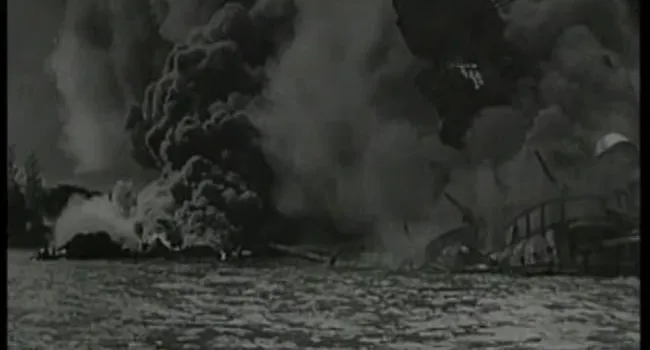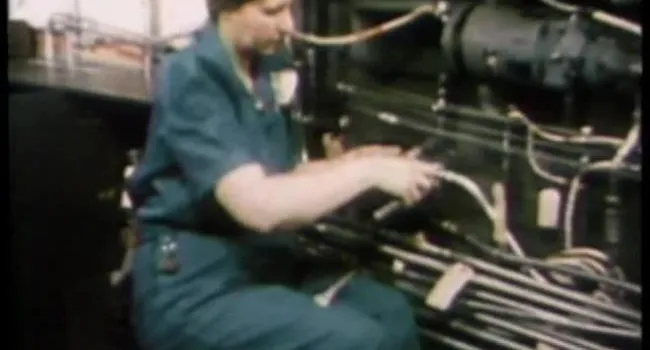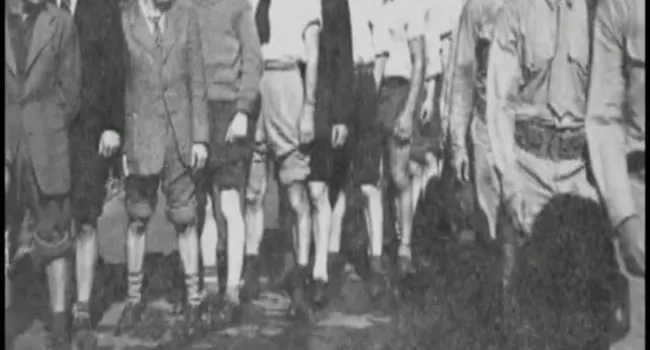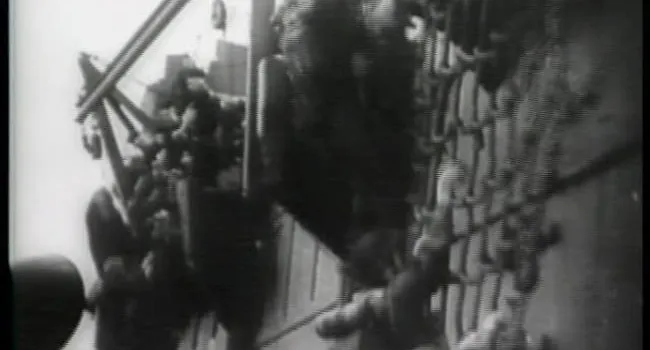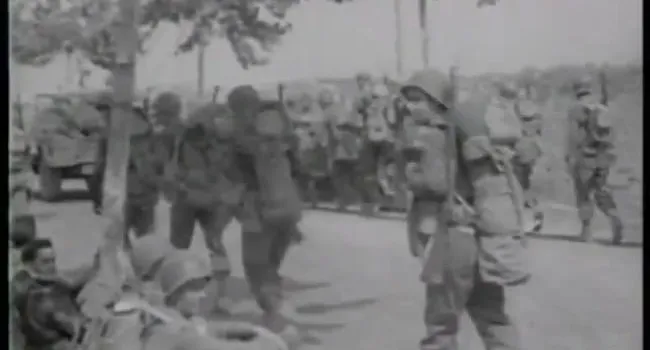Thirty three days after the death of President Roosevelt, Germany surrenders. The allies celebrate their victory over the Nazis. In 1945, after the two atomic bombs were dropped on Hiroshima and Nagasaki, the Japanese surrender marks the end of World War II. After the war, veterans return home and adjust to civilian life.
Standards
- 5.3 Demonstrate an understanding of the economic, political, and social effects of World War II, the Holocaust, and their aftermath (i.e., 1930–1950) on the United States and South Carolina.
- Along with the rest of the world, the United States and South Carolina experienced economic instability during this period. As a result, political instability and worldwide conflict consumed the world in the 1940s. Following World War II, the United States emerged as a world leader through political policies and economic growth.
- 8.5.CO Compare South Carolina and U.S. wartime contributions and demobilization after World War II.
- This indicator was developed to encourage inquiry into how different party platforms evolved following World War II. This indicator promotes inquiry into how the major parties came to represent different approaches to fiscal and political governance as well as social and judicial policies.
Treinta y tres días después de la muerte del presidente Roosevelt, Alemania se rinde. Los aliados celebran su victoria sobre los nazis. En 1945, después del lanzamiento de las dos bombas atómicas sobre Hiroshima y Nagasaki, la rendición japonesa marca el final de la Segunda Guerra Mundial. Después de la guerra, los veteranos regresan a casa y se adaptan a la vida civil.


